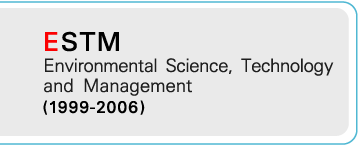Role of Organic Cation Transporters in Mercury-induced Cytotoxicity
Assoc. Prof. Sunhapas Soodvilai Faculty of Science, Mahidol University Mercury is a widespread environmental and industrial pollutant. It is known that mercury may cause accidental and occupational exposures and consequential damage in various organs in human. The kidney is the main target sites of mercury toxicity. Our previous study demonstrated that organic cation transporters (OCTs)… (read more)
 Center of Excellence on Environmental Health and Toxicology (EHT)
Center of Excellence on Environmental Health and Toxicology (EHT)










